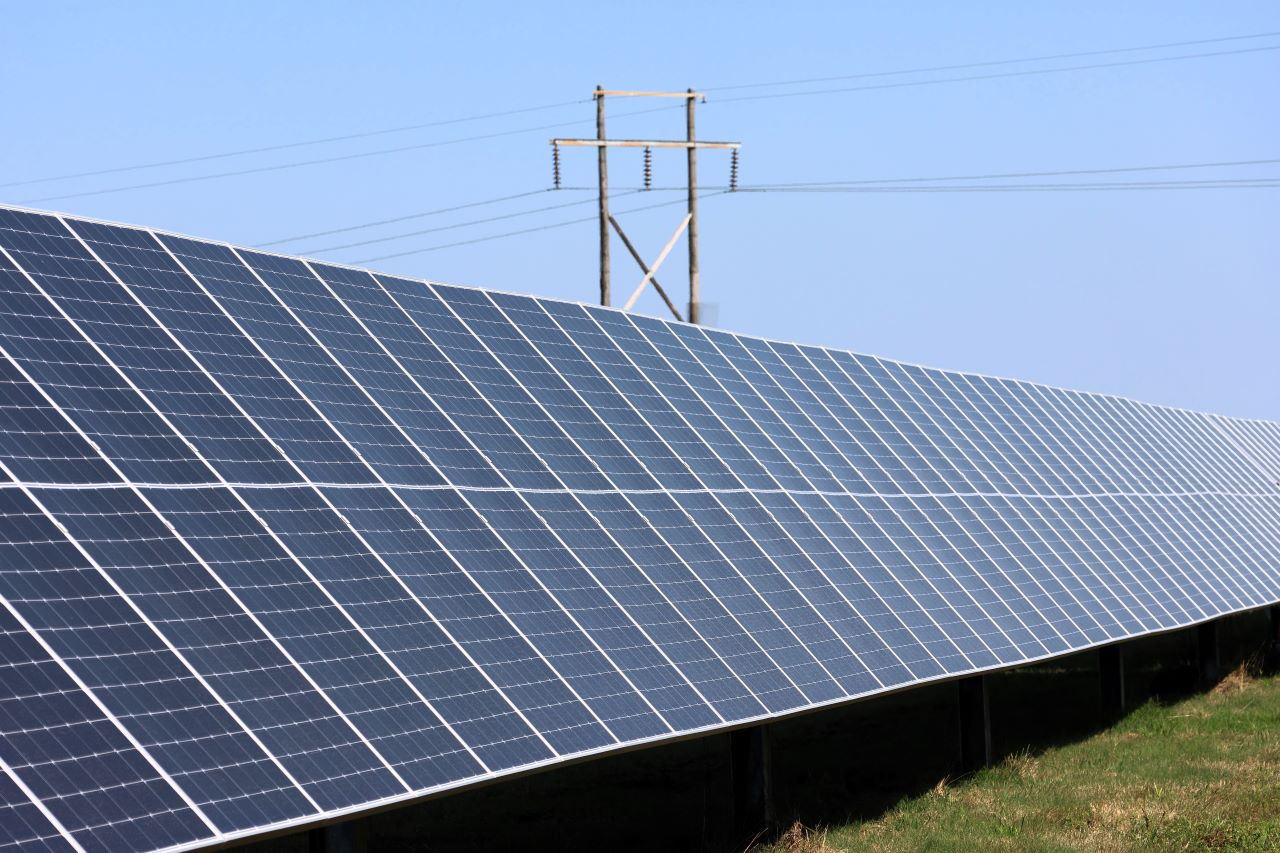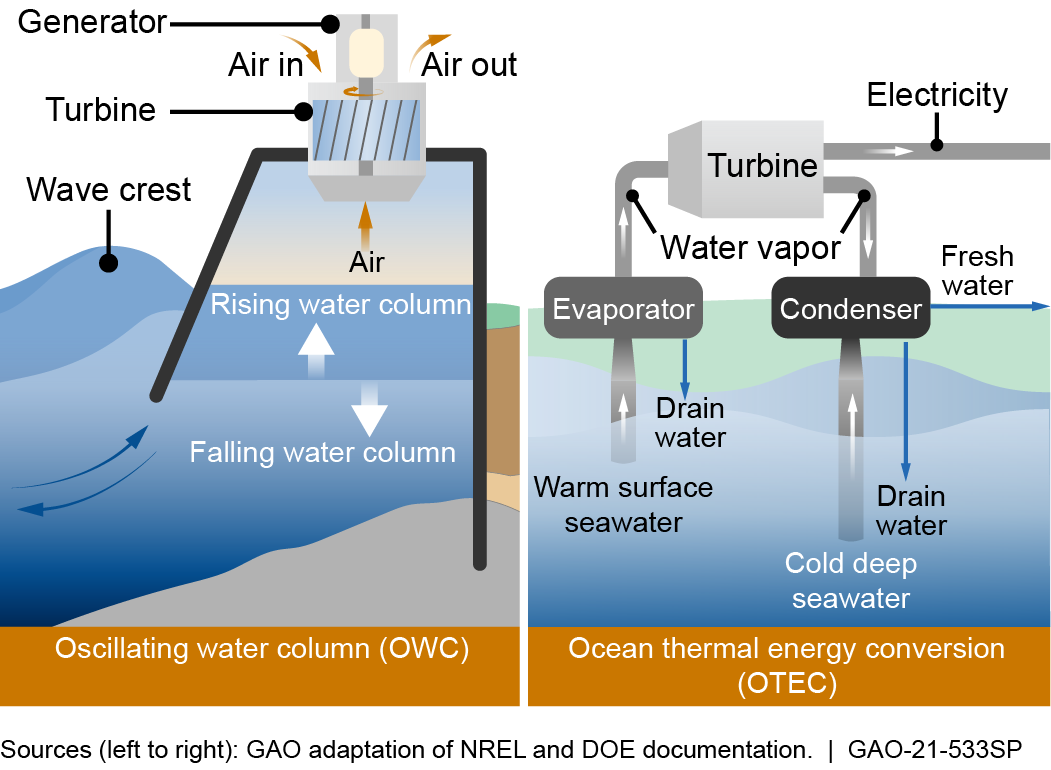- Published on
Green Energy Technologies Sustainable Power Solutions
- Authors

- Name
- Adil ABBADI
Introduction
The world is at a critical juncture, where the consequences of climate change are becoming increasingly apparent. The urgent need to switch to renewable energy sources has never been more pressing. Green energy technologies have emerged as a beacon of hope, offering a sustainable solution to our planet's energy needs. In this article, we'll delve into the latest developments in green energy, exploring the breakthroughs, benefits, and potential of these eco-friendly power systems.

- Solar Power: Harnessing the Energy of the Sun
- Wind Energy: Capturing the Power of the Wind
- Hydrokinetic Energy: Tapping into Ocean Power
- Geothermal Energy: Leveraging Earth's Heat
- Conclusion
- Join the Renewable Energy Revolution!
Solar Power: Harnessing the Energy of the Sun
Solar power has become an increasingly viable option, thanks to advancements in photovoltaic (PV) technology. The cost of solar panels has plummeted, making it a competitive alternative to fossil fuels. With the ability to generate electricity from sunlight, solar power offers a clean and sustainable solution for both residential and commercial applications.
# Example of a Python script for simulating solar power generation
import pandas as pd
def simulate_solar_power(latitude, longitude, date_range):
# Load solar irradiance data
irradiance_data = pd.read_csv('solar_irradiance_data.csv')
# Calculate solar power output
power_output = irradiance_data['irradiance'] * 0.2 # assume 20% efficiency
return power_output
simulate_solar_power(37.7749, -122.4194, '2022-01-01 to 2022-01-31')
Wind Energy: Capturing the Power of the Wind
Wind energy has long been a staple of renewable energy, with wind turbines generating electricity from the kinetic energy of wind. Advancements in turbine design and materials have increased efficiency, leading to larger, more powerful turbines that can generate more electricity. Offshore wind farms have also become increasingly popular, taking advantage of the stronger, more consistent winds at sea.
// Example of a C++ code snippet for wind turbine control system
#include <iostream>
class WindTurbine {
public:
void rotateBlades(float windSpeed) {
if (windSpeed > 5) {
std::cout << "Rotating blades to generate electricity..." << std::endl;
} else {
std::cout << "Wind speed too low, blades not rotating." << std::endl;
}
}
};
int main() {
WindTurbine turbine;
turbine.rotateBlades(7.5);
return 0;
}
Hydrokinetic Energy: Tapping into Ocean Power
Hydrokinetic energy harnesses the power of moving water, such as ocean tides and currents, to generate electricity. This emerging technology has vast potential, particularly in coastal regions with high tidal ranges. Hydrokinetic energy converters, like underwater turbines, can be deployed to capture the kinetic energy of ocean water.

// Example of a Java code snippet for hydrokinetic energy converter control
import java.util.*;
public class HydrokineticEnergyConverter {
public void generatePower(float currentSpeed) {
if (currentSpeed > 1.5) {
System.out.println("Generating electricity from ocean currents...");
} else {
System.out.println("Current speed too low, not generating power.");
}
}
public static void main(String[] args) {
HydrokineticEnergyConverter converter = new HydrokineticEnergyConverter();
converter.generatePower(2.2);
}
}
Geothermal Energy: Leveraging Earth's Heat
Geothermal energy taps into the Earth's natural heat, using hot water or steam from underground reservoirs to generate electricity. This clean and reliable source of energy is particularly suitable for regions with significant volcanic activity. Enhanced geothermal systems (EGS) have also expanded the potential of geothermal energy, allowing for the exploitation of hot rock formations.
# Example of a Python script for simulating geothermal power generation
import numpy as np
def simulate_geothermal_power(temperature, flow_rate):
# Calculate heat energy from temperature and flow rate
heat_energy = temperature * flow_rate * 0.5 # assume 50% efficiency
return heat_energy
simulate_geothermal_power(180, 50)
Conclusion
Green energy technologies have made tremendous progress in recent years, offering a beacon of hope in our fight against climate change. From solar power to wind energy, hydrokinetic energy, and geothermal energy, these innovations have the potential to significantly reduce our reliance on fossil fuels and mitigate the devastating impacts of global warming. As we continue to develop and refine these technologies, we can create a sustainable power future, ensuring a healthier planet for generations to come.
Join the Renewable Energy Revolution!
Explore the world of green energy technologies and discover how you can make a difference. Learn more about the latest advancements, breakthroughs, and opportunities in the renewable energy sector. Together, we can create a brighter, more sustainable future for all.
